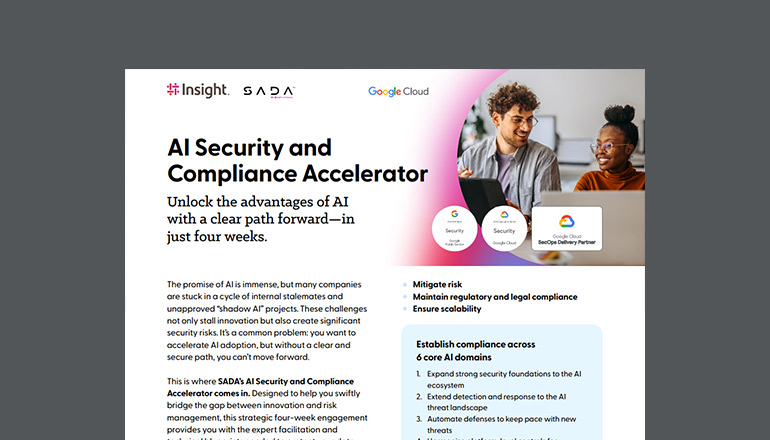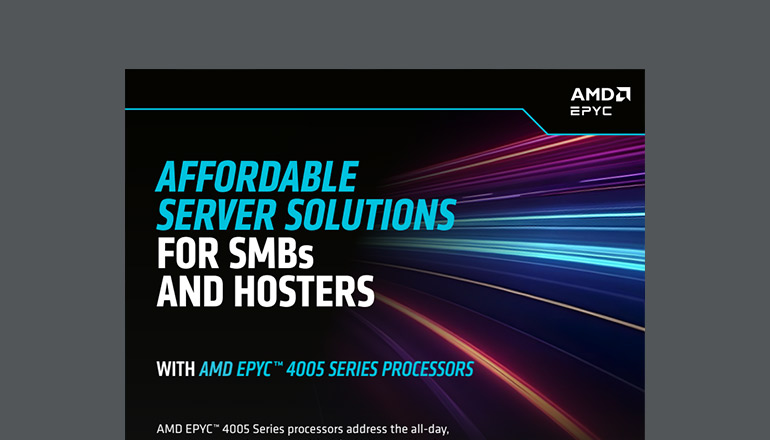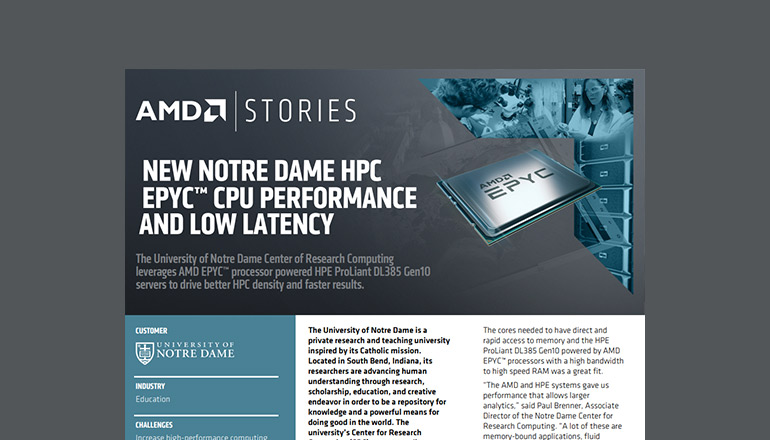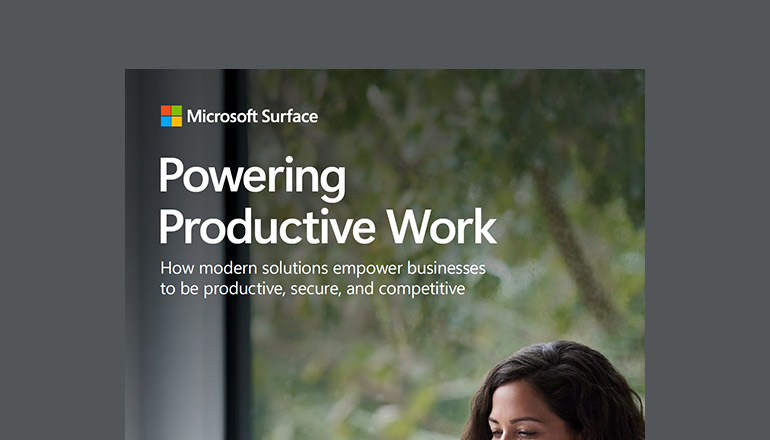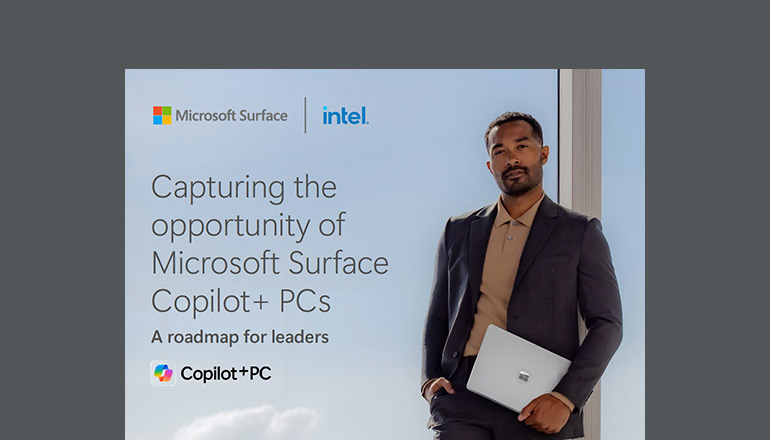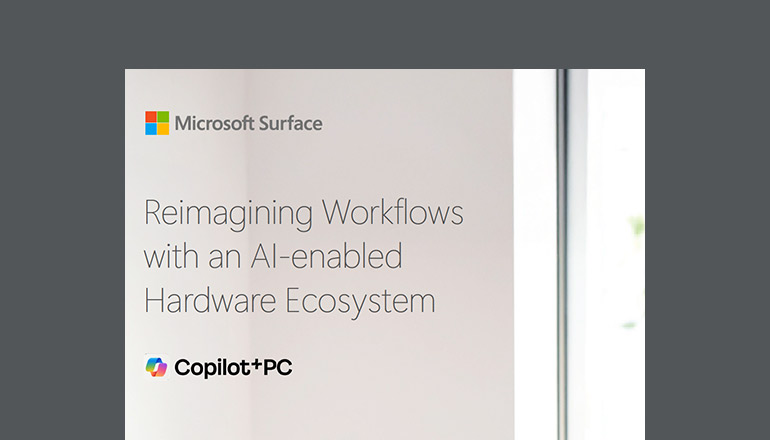eBook Success in the Cloud: 5 Steps for Effective Migration
By Insight Editor / 24 May 2023 5 Mar 2025 / Topics: Compliance Hybrid cloud Migration Cybersecurity

Cloud can offer scalability, automation, easier innovation and cost savings. But there are many questions to consider in a move to the cloud. Read this guide for a condensed roadmap to help increase your chance of success.
